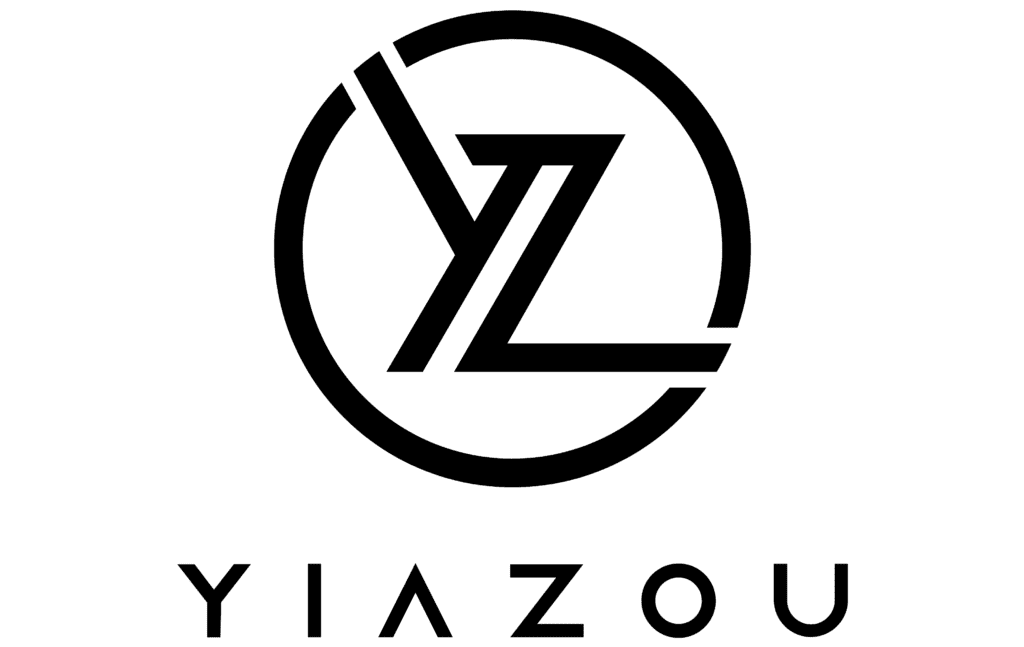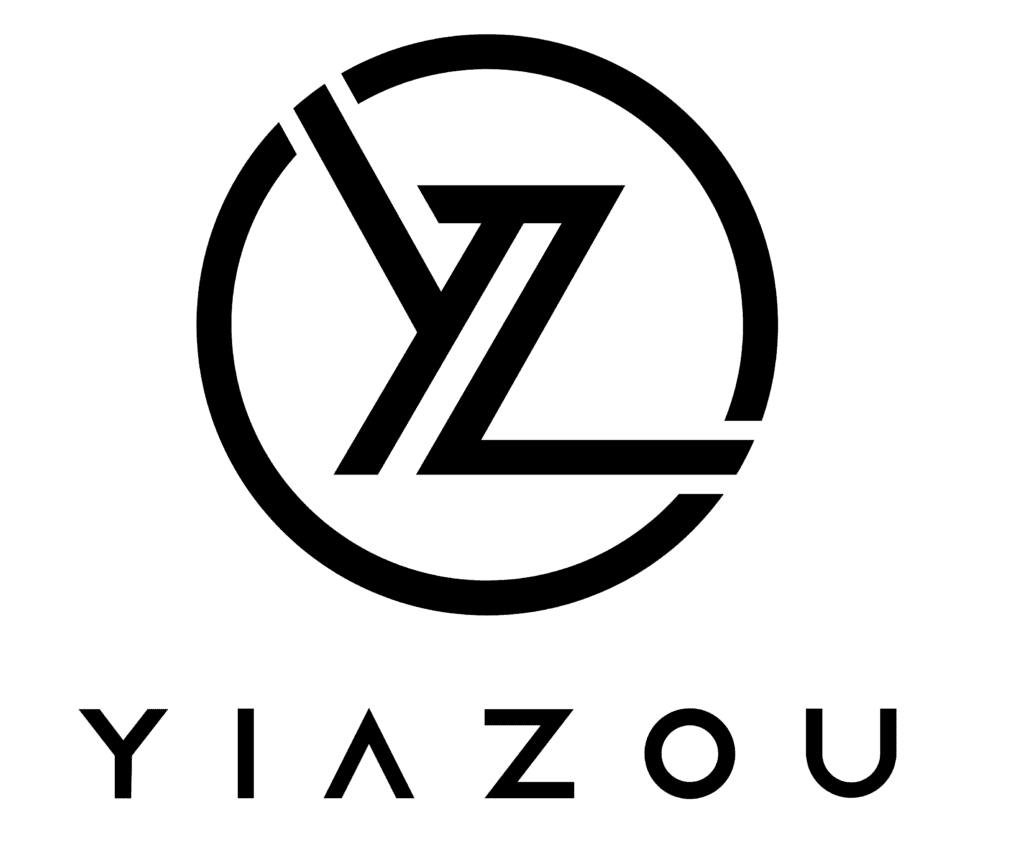Key points:
- SoFi posted its sixth consecutive GAAP-profitable quarter, with 9.4% YoY free cash flow growth and margin expansion across segments.
- Fee-based revenue surpassed 41% of total, growing faster than lending and enabling capital-light reinvestment into product, brand, and infrastructure.
- Galileo now supports over 150 million accounts, while Technisys enhances backend control, reinforcing SoFi’s infrastructure and data compounding moat.
- Loan Platform booked $8 billion in third-party commitments, offering capital-light origination and monetization without balance sheet exposure.
- A discounted cash flow model places SoFi’s 2025 fair value at $39 per share, nearly 3x current price.
The Financial Flywheel: A Growth and Reinvestment Cycle
SoFi Technologies (SOFI) has now reached the point where growth is driving bottom-line strength. This quarter, it set all-time revenues and achieved its sixth consecutive quarter of GAAP profitability. The highlight? This expansion is accretive. Adjusted EBITDA margins are increasing, costs are returning to normal, and revenue is diversifying from pure lending. All three of its core business segments, Lending, Financial Services, and Technology Platform, reported positive contribution profit, a strong indicator that reinvestment is paying dividends.
Source: SoFi IR
What’s particularly noteworthy is the shift in mix: fee-based income now accounts for over 40% of total income, and is growing several percentage points faster than lending. This is structural, not cyclical. Lending growth, though healthy, is supplemented more and more by capital-light income streams such as interchange, referrals, and B2B platform fees.
Source: SoFi IR
The capital-light model enables SoFi to grow without loading the balance sheet, so it gets to reinvest more intensely in innovation and brand without sacrificing financial health. With a bank charter in hand, SoFi finances loans with low-cost deposits, not high-cost wholesale funding. That advantage manifests in margin expansion and resilient net interest income.
SoFi’s reinvestment approach is targeted. Capital isn’t sprayed across vanity projects,it’s directed toward expanding product breadth, deepening infrastructure, and increasing member engagement. This is the early compounding model of other breakaway growers who invested in user experience, brand equity, and product velocity before harvesting margins. SoFi is now beginning to reap the rewards. As it adds in scale, the model gains operating leverage across infrastructure, marketing, and compliance, all of which were fixed-cost drags in the early years.
The bottom line is that SoFi’s financial engine is turning topline growth into genuine, scalable profitability while continuing to reinvest aggressively, setting the stage for exponential compounding.
The 2nd Effect: Platform Defensibility and Data Moats
In the heart of SoFi’s model is a powerful flywheel effect, one that becomes increasingly defensible with scale. With each additional product added to the user, each additional partner connected to Galileo, and each account brought onto Technisys, the network is deepened. SoFi is not building a financial application, rather, it is building one shared operating system for money. As with all excellent platforms, its defensibility increases non-linearly with size.
SoFi’s “financial services productivity loop” is the inherent logic behind the model. A user deposits cash, takes out a loan, gets tailored counsel, and invests, all on one platform.
Source: SoFi IR
The company experiences more product density with the passage of time: about one-third of new product adoption is now from existing members. That’s not just cross-sell; it’s network deepening. As SoFi gathers more behavioral data, it refines offers, automates decisions, and lowers default risk. These feedback loops are not easily replicable in the short term.
Externally, SoFi’s tech stack strengthens this defensibility. Galileo now supports more than 150 million accounts across other fintechs. Those integrations create high switching costs and bake SoFi deep in the ecosystem. Unlike neo-banks that are riding third-party stacks, SoFi owns the rails, from core banking (Technisys) to card issuance to API layers. That control of its own stack grants it with speed, visibility of data, and gross margin leverage that few competitors can match.
Source: SoFi IR
As SoFi grows, each new node, whether it’s a user, product, or partner, makes it that much more robust. That’s what the 2nd Effect is all about: exponentially growing value and defensibility as size increases. It’s not merely scale, it’s platform logic at work.
Inflection Point: Unseen Catalysts and Tailwinds
While Wall Street absorbs SoFi’s shift to profitability, several underappreciated catalysts are forming. The return of federal student loan payments alone revives the multi-billion-dollar opportunity in SoFi’s refinance business, formerly its flagship engine.
As interest rates stabilize, refinance activity is likely to rise, and SoFi, as a top digital originator, is positioned to benefit. That comeback may surprise to the upside, particularly as SoFi increases its product set with packaged financial tools around student debt.
Another overlooked catalyst is SoFi’s Loan Platform segment. This B2B operation enables SoFi to originate loans in the name of third parties, collect fees, and offload balance sheet risk. Last quarter, the company booked more than $8 billion of third-party commitments in loans. This is capital-light, scalable, and high-margin, yet barely reflected in most financial models. Should this platform-lending business scales alongside Galileo, SoFi essentially becomes both the store and the infrastructure supplier in consumer finance.
AI is also a silent tailwind. Although SoFi doesn’t brand itself as an AI company, it is using machine learning in underwriting, fraud prevention, and customized financial insights. These tools are enhancing product recommendations and minimizing the costs of servicing. Since SoFi has end-to-end data visibility and vertical control, its AI implementations are probably more powerful than those of disjointed banks and fintechs with dependencies on third-party vendors.
Outside of the basics, narrative momentum is starting to turn. SoFi is shedding its “SPAC fintech” reputation and gaining traction as a platform company. And if that perception reverses, it provides access to a much wider pool of institutional buyers.
Index inclusions, analyst upgrades, or viral earnings surprises each have the potential to be narrative accelerators. With perception driving the market more and more, getting that narrative shift timed right is of utmost importance.
Credit Profile Analysis: Fortress or Hidden Weakness?
SoFi’s credit platform is remarkably robust in relation to the speeds of a high-flying fintech, but institutional investors need to look beyond headline metrics to assess underwriting stability, asset health, and exposure concentration.
The Q1 2025 credit composition was tilted towards high-FICO customers, with 99% of the personal loans originated at a weighted average FICO of 747 and student refinance loans averaging 781, both squarely in super-prime territory.
Source: SoFi IR
The firm is intentionally under-exposed to subprime segments in line with conservative risk appetite. Cumulative loan loss since 2020 remains under 3.8%, while allowance for credit loss (ACL) stands at $782 million, providing coverage of more than 3 times lifetime loss expectations. This cushion is more than sufficient across both base and stress-case environments, including mild recessionary scenarios.
On the balance sheet, SoFi holds $2.2 billion in cash, $27.1 billion in deposits, and operates a funded structure with 90% direct-deposit-linked accounts, minimizing rollover and interest rate risk. It maintains a structurally advantaged net interest margin (NIM) of 6.01%, supported by strong alignment between assets and liabilities and low-cost deposit funding.
Source: SoFi IR
However, its CET1 ratio fell from 17.1% to 15.3% year over year, even as capital increased to $4.59 billion. The decline reflects a 28% rise in risk-weighted assets (RWAs), from $23.3 billion to $29.9 billion, as SoFi aggressively scaled on-balance-sheet lending. The Tier 1 leverage ratio also declined to 13% as total average assets rose from $28.6 billion to $35.4 billion. These levels remain well above regulatory minimums, but they highlight rising capital intensity and the need for ongoing earnings retention to maintain buffer capacity.
While lending is conservatively underwritten, the Loan Platform Business (LPB) introduces second-order credit risk due to its reliance on third-party buyers. SoFi does not take direct exposure in these transactions, but weak institutional demand could disrupt flow agreements and tighten origination margins.
In addition, the unsecured nature of the majority of its consumer loans, approximately 63% of originations, makes SoFi structurally sensitive to broader consumer credit cycles. Even with low delinquency rates, the resumption of federal student loan repayments and the normalization of consumer liquidity are triggers that require close attention.
Overall, SoFi’s credit profile remains conservatively managed and well-capitalized, but the combination of rapid RWA growth, increasing loan book concentration, and LPB intermediation risk must be monitored carefully to preserve balance sheet resilience across a full credit cycle.
Why SoFi’s True Value is Just Beginning to Price In: $39/share
Despite the surface-level concerns about SoFi’s valuation multiples, a more in-depth institutional-scale analysis reveals that the market is still misjudging the company. While SoFi trades at approximately 72 times trailing non-GAAP earnings and 45 times forward GAAP profits, these headline ratios miss the platform’s underlying transformation. SoFi is steadily evolving away from capital-intensive lending into a high-margin, capital-light model powered by backend infrastructure—Galileo and Technisys—and monetizable user density.
Today, more than 41% of revenue is fee-based, and operating leverage is beginning to show across all three segments. With a forward price-to-sales multiple of only 4.2 times, SoFi appears inexpensive for a business growing revenue at over 30% while maintaining stable GAAP profitability. Compared to high-growth fintech peers like NU Holdings and legacy banks such as Bank of America or Wells Fargo, SoFi combines the strengths of both: scalable digital infrastructure and regulatory moats.
Source: Yiazou
Unlock Asymmetry
High-conviction ideas in mispriced assets
You’re Almost In!
Check your inbox (+ spam folder) to verify your email.
The discounted cash flow model also supports this assessment. Projecting free cash flows through 2030 and discounting at 15% results in a base-case enterprise value of approximately $95 billion and an equity value of around $90 billion, implying a $79-per-share valuation by 2030. More notably, the DCF assigns a present value of $39 per share in 2025 using an 8x risk-adjusted exit multiple and a conservative 3% terminal growth rate. These figures reflect current capital cost expectations, reinvestment risks, and SoFi’s net debt of $11.5 billion. Key drivers behind the model are 20% annual top-line growth through 2030, 30% EBITDA margins at scale, and disciplined capital expenditures of 3 to 4% of revenue.
The DCF also captures SoFi’s operating flywheel, driven by increasing product-per-member density and third-party monetization through lending originations. Even under more conservative assumptions, fair value ranges between $35 and $45 today, representing ~3 times the current price. Ultimately, this valuation mismatch is not the result of weakening financials, but of narrative lag. At $12.86, SoFi’s stock price reflects outdated views, whether as a niche digital lender or as a forgotten SPAC remnant.
Source: Yiazou
Yet with free cash flow compounding, backend monetization gaining momentum, and fee-based revenue expanding, SoFi is methodically de-risking its business model. The floor on valuation continues to rise through earnings retention and platform leverage, while the top end remains uncapped. For institutional investors, this isn’t a speculative gamble, it’s an under-valued platform with a 3-5 year monetization curve and structurally asymmetric upside.
Final Takeaway
SoFi isn’t just evolving into the next generation of fintech, it is building the financial operating system of the future. With founder-style leadership, deepening platform economics, and accelerating free cash flow, the company is transitioning from a misunderstood digital lender to a high-margin infrastructure powerhouse. If SoFi maintains 30%+ fee-based revenue growth and delivers consistent GAAP profitability over the next 6–12 months, a full market rerating becomes not just likely, but inevitable.
Disclosure:
Yiannis Zourmpanos has a beneficial long position in the shares of SOFI either through stock ownership, options, or other derivatives.






